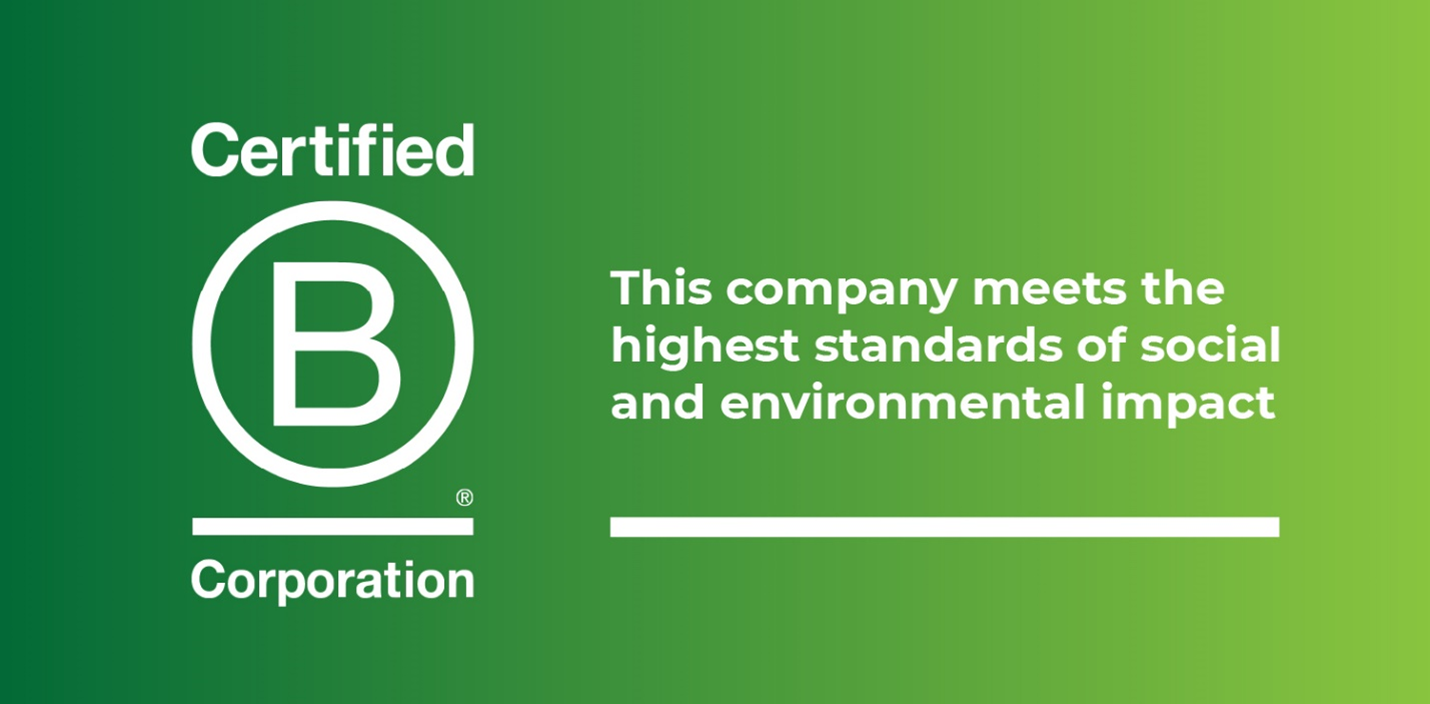Editor’s note: This may be a throwback for longtime Weiss Ratings Daily readers. But the concepts are just as important today as they were a year and a half ago.
Last week, I shared my top three “green flags” to look for in startups worthy of my investment dollars.
Today, I reshare my top three “red flags” again. Why?
Because I just found a mythical creature in the pre-IPO world: A company that triggers all three green flags and zero red ones.
I’ll share more in just seven hours at a special Private Investment Summit.
You can join in here. Bookmark this page or leave it up until 2 p.m. Eastern when the show starts.
I hope to see you there.
 |
| By Chris Graebe |
As you probably already know, I love the startup world.
Whether it’s discovering high-potential (and high-profit-potential) companies …
Talking to bright and capable founders …
Or educating new investors …
I love it all!
I especially love when investors realize how easy it is to become part of the regulation crowdfunding renaissance that’s underway.
After all, …
Just about anyone can participate in the startup investing world. Sometimes for as little as $100.
That said, private equity can be tricky. Even for some of the most seasoned startup investors.
Successful deals in this sector offered returns as high as 900% … 19,942% … 53,423% and more.
But returns like that don’t happen overnight … if at all, in most cases.
Most investors understand that, on the other side of the coin, they can lose what they put in. Just like any investment.
But you can do a little extra due diligence from the start to move the startup investing odds into your favor.
Here’s how I do it.
When I start to search for a startup worthy of my investment, I often use the process of elimination.
If a company raises one of my three deal-breaking red flags, I run for the hills and never look back. So should you.
Red Flag No. 1: Startups That Don’t Solve Problems
A startup that isn’t solving a problem … is a problem.
I've previously shared a great example of a problem-solving startup I invested in: ThisWay Global.
Prior to becoming the company’s CEO and founder, Angela Hood discovered that prospective employers were overlooking her because she was a female architect.
The phone never rang when she used her first name. However, once she emphasized Hood instead of Angela, the calls rolled in.
This confirmed the hiring bias she suspected.
And her battle against this bias began here.
Hood partnered with Alphabet and IBMto create ThisWay Global and an AI tool and software that corporations leverage today to solve this persistent problem.
That’s a lot of green flags, right?
Now let’s look at a startup that didn’t inspire that same feeling of confidence that you might be looking for in a potential winner.
You’re probably familiar with logging onto Zoom or Microsoft Teams for a remote work meeting and seeing a mysterious AI robot jump on the call and take notes the entire time.
Having a note-taking AI bot can be useful if you need a transcript or a memory-jogger.
But the unnamed startup launched its own version of a virtual meeting tool with a note-taking AI bot.
Two problems quickly became apparent:
- First, lots of other companies had the same idea, making it a very crowded and competitive space.
- Second, this startup’s product didn’t promise any special or additional features that would differentiate it from all the others.
The leadership team’s inability to find a way to carve out a niche in the market ultimately resulted in failure.
That’s not just a loss for the company, but also its backers.
Red Flag No. 2: Founders with Too Much Pride
Successful founders need a big dose of confidence to step into the startup world.
Not just to build something people need, but also to seek partnerships and financial backing.
However, pride has been the downfall of many startups.
Sure, these founders may be brilliant, creative and have killer business instincts.
But they might also miss opportunities to not just do better, but to do good.
I love the mission, the founders and their humility at Next Door Photos.
They connect real estate agents with photographers around the country to launch listings within one day. This speeds up the property-listing process and, ultimately, the sale of homes.
But here’s what really separates Next Door from its competitors …
Every photo shoot provides approximately four hours of employment to people who have been rescued from human trafficking situations.
As a result, the company earned a B Corp Certification for its reinvestment of partial profits into the communities it supports.
Next Door’s founders serve as great examples of being humble while still profiting and doing good for others along the way.
It’s a green flag to see a good company do good.
That said, a company doesn’t have to have a not-for-profit arm to be a “green flag” company.
But if there’s something that doesn’t sit right with you about a founder, team or the company itself, don’t ignore that instinct.
For example, a total lack of confidence is a HUGE red flag.
I had the opportunity a couple years ago to speak with a founder looking to raise capital for an alcoholic beverage.
Despite her best efforts, she couldn’t gain any traction.
I told her that beverage companies are among the hardest to build on the planet. The big boys like Anheuser-Busch (BUD) have super-deep pockets.
She also had a different kind of ego problem.
She wasn’t cocky at all. In fact, she needed an ego boost.
I told her she probably shouldn’t take investors’ money if she wasn’t confident about her company’s ability to scale.
And that brings me to perhaps the reddest flag when it comes to startup investing.
Red Flag No. 3: Inability to Scale = Unlikely to Profit
Finally, the last red flag refers to a company with no options for scaling.
Without a path to expand, companies reduce their ability to reach their Total Addressable Market.
That’s not a very attractive scenario for investors who want returns on their money.
Here’s a classic “red flag” example.
A friend told me he wanted to invest in an escape room in Orlando, Florida. So, I looked at the deal for him.
The way the company set up its business, its margins were too low for consistent growth.
In a given year, the company makes around $80,000 in profits.
I told him that’s fine if you want to help the startup to stay in business.
But I’m in this game to make potentially life-changing wealth.
So, it’s not a deal I would consider funding.
If a startup you’re interested in plans to use its crowdfunding dollars smartly … that is, to grow its operations, expand its product line and otherwise build its business … then you could have a potential winner.
It’s usually clear whether a founder is launching a business to support their ego or to serve their clients and communities.
Your job is to decide what kind of companies you would be happy to own a stake in.
If you know what to look for — and what to run from …
Your chances of finding one that aligns with your investment goals — and if you’re lucky, your personal goals — grows exponentially.
I’ve done just that. In just a few hours — at 2 p.m. Eastern today — I will participate in a special Private Investment Summit to share the news fully.
Happy hunting,
Chris Graebe



